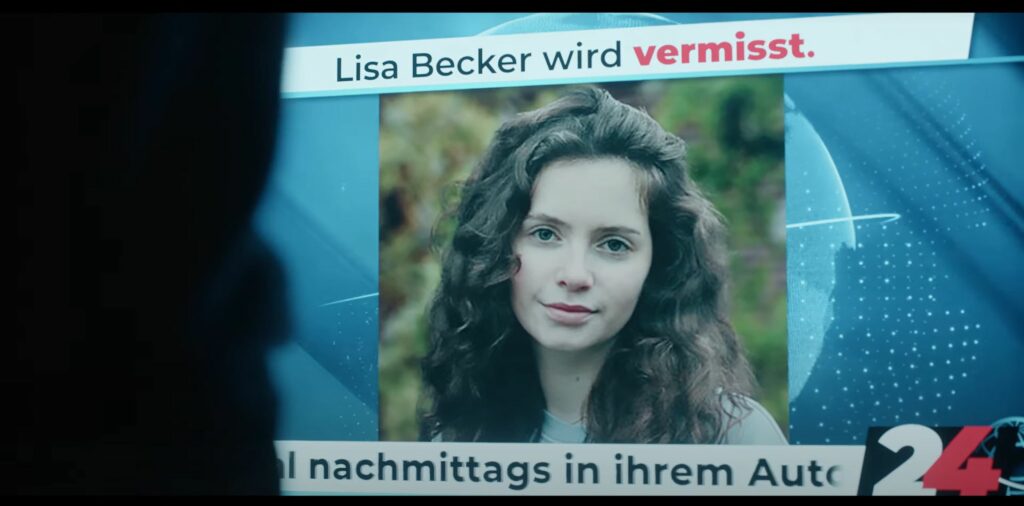TV Commercial Review
Memorable
Effective
Style
Heart or Humor
Execution
Excellent
Impactful ad
The German Federal Ministry of Digital and Transport (Bundesministerium für Digitales und Verkehr) has launched a thought-provoking advertisement conceptualized by the agency Scholz & Friends. The campaign aims to address the growing issue of distracted driving due to smartphone use.
The commercial employs a hyper-realistic and exaggerated scenario to illustrate the potential dangers of answering phone calls while driving. It starts with worried parents frantically trying to reach their daughter on her phone. When she doesn’t respond, they alert the police, leading to a comprehensive search operation. In the end, the daughter is found unscathed, behind the wheel, surprised at the crowd gathered around her. When her father asks why she didn’t answer the phone, she casually responds, “Because I was driving.”
This campaign underpins the powerful message “Lass das Smartphone beim Fahren stecken | #NoAnswer #Wissing,” which translates as “Leave your smartphone alone while driving.” The ministry’s website adds gravity to this message, stating that texting while driving increases the risk of accidents by 50%.
The increasing expectation for immediate responses to emails and messages has created a fatal trend where more and more drivers are reading and writing text messages while driving. From 2016 to 2022, the percentage of drivers using smartphones has increased by almost two-thirds. Young drivers aged 18-24 are particularly at risk, with four out of ten admitting to typing or reading messages while driving.
The campaign also advises drivers to use the driving focus on their smartphones. This feature, when activated, silences text messages and other notifications, ensuring the driver’s attention remains on the road.

In an interview, a neuroscientist explained why the human brain is so easily distracted by smartphones. The ringing, beeping, or vibrating of a phone triggers the release of dopamine in our brains, creating feelings of pleasure that can distract us immediately.
Pros:
- Educational: The advertisement uses a relatable and memorable scenario to drive home the message about the danger of using smartphones while driving, making it a great tool for raising awareness.
- Effective Messaging: The humorous and exaggerated scenario employed does not detract from the seriousness of the issue. Instead, it embeds the message more deeply in viewers’ minds.
- Helpful Tips: The campaign offers practical tips, like activating driving focus on smartphones, which can assist people in avoiding smartphone use while driving.
Cons:
- Hyperbolic Scenario: While the exaggerated scenario is memorable, it may also be viewed as unrealistic, which might dilute the seriousness of the message for some viewers.
- Target Audience: The advertisement targets young drivers, but older age groups must also heed this message. This could result in a perception of age bias.
- Reliance on Individual Responsibility: While individual responsibility is crucial, the ad might be seen as not addressing the need for broader, systemic changes, such as legal consequences for using smartphones while driving.
Conclusions
This impactful campaign by the Bundesministerium für Digitales und Verkehr, executed with a touch of humor and realism, provides a necessary reminder about the perils of distracted driving. It reinforces the message of responsible smartphone use while driving, contributing to road safety.















